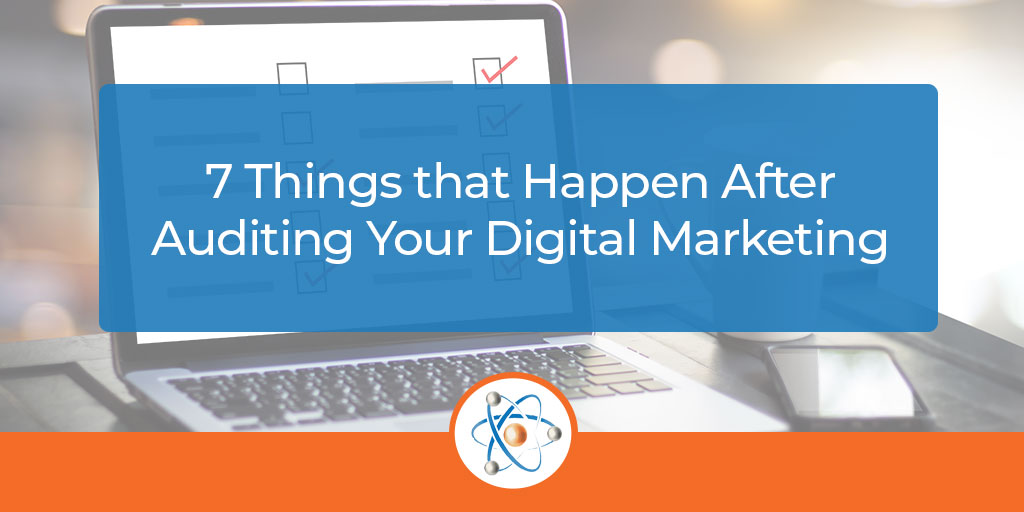Traditionally, marketing agencies have been the go-to solution for many companies when they experience slumping sales and inconsistent revenue. A business typically hires a marketing firm to highlight its products and/or services in a new way (website update, printed collateral, social media ads, trade show design, etc.) or to refresh its brand, all in an attempt to get the target audience’s attention, create leads, and ultimately increase sales.
What's the Difference Between Atomic Revenue and a Marketing Agency?
Web Design Prices: The Complete Cost Breakdown of Website Design
Are you thinking of redesigning your company’s website? Maybe you don’t have one yet because you feel overwhelmed by all the options, leaving you unsure of how much it should cost and which direction to take. Since prices range anywhere from a few hundred dollars for a DIY site to tens of thousands for the most complex and comprehensive websites, I’ve decided to break down the complete cost of website design, simplify the process, and help you understand what to expect.
As a business owner or c-suite executive, you know quarterly business reviews (QBRs) can focus on many different topics (product development, supply chain, recruiting, marketing, financials, workforce development, community, charitable relations, etc.). As a result, it may be challenging to know what you should focus on in a QBR and how to use the information gathered to make a real difference in revenue.
Is this a trick question? Every company needs revenue operations! But what is it exactly? It is the entire process by which a business brings in dollars to fund its existence. Although many consider revenue operations to be a function of sales and marketing, it’s this exact oversimplification that limits profitability and often proves to be detrimental for small to midsize businesses.
Since your business’s digital footprint has never been more important, you took the first step to make sure it’s the best it can be with an audit. At Atomic Revenue we call these Digital Operations Audits. But now what? What did you do with the information gathered from that audit? Now you have all this info, but where do you start?
A common misconception of Facebook advertising is that Facebook ads are a magic machine in which you put $50 and get $500 out. It can work like this; however, as with most things, it is not a one size fits all product. And, while it is well known that Facebook advertising can be an incredibly effective tool for marketing and sales, it is often thought of in the context of only being effective for consumer products and services.
Why B2B Branding is Important – the Stewards of Trust in the Post-COVID Market
Most consumers understand the value of branding. When asked, people can point to their favorite brands and say why they like them and are loyal to them. With the uncertainty of COVID, people are relying on the brands they trust, not only as sources of information and products that can help them get through these difficult times but also for emotional support.
Are you one of the B2B or B2C organizations adjusting lead generation and selling tactics to increase revenue and set the stage for continued growth in this new business environment? If so, how do you validate your new or adjusted revenue model and determine if it will produce a return on investment (ROI) for the required resource allocation?
Experts Weigh in on Solutions to Tough Topics in Manufacturing
Earlier this year, the Atomic Revenue team was very excited to help lead the first-ever Midwest Manufacturing Advisers’ webinar, Tough Topics in Manufacturing, featuring speakers from Swip Systems, Mueller Prost, Evans & Dixon, and Atomic Revenue.
Digital Operations encompasses your entire digital footprint and the results from your digital marketing, sales, and customer advocacy efforts. Each element of your digital presence must not only have its own strategy but work in correlation with every other element. Your website is your primary piece of online real estate, but how does social media marketing feed into that?
What is your content strategy to drive qualified leads? How does marketing automation play into developing those leads to be sales-ready? Does your online presence encourage your community to advocate on your behalf? If you’re not sure, it may be time to rethink your digital operations approach.














